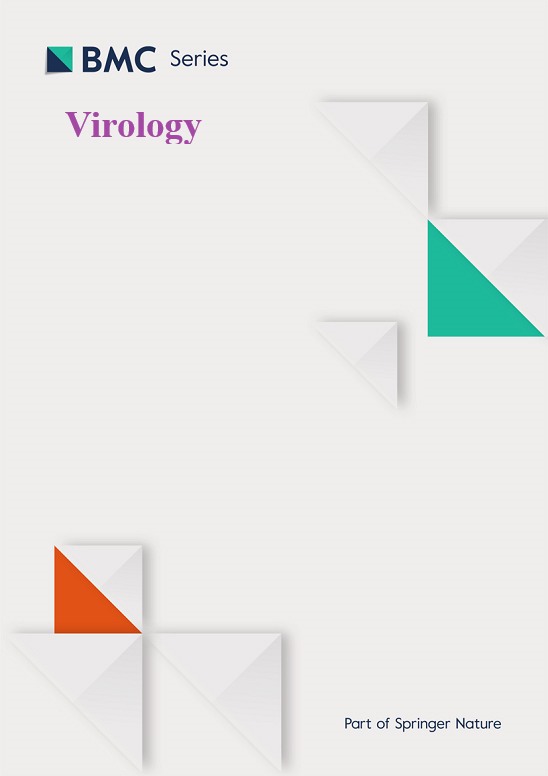Temperature-dependent viral hemorrhagic septicemia virus (VHSV) infection kinetics and immune response in primary olive flounder spleen cell culture and the host
IF 2.8
3区 医学
Q3 VIROLOGY
引用次数: 0
Abstract
The replication and mortality caused by the viral hemorrhagic septicemia virus (VHSV) in fish vary depending on temperature. VHSV causes mortality at the temperatures below 15 °C, while infection is not established in olive flounder at temperatures above 25 °C. However, how VHSV infection manifests at the cellular level under different temperature conditions is not understood. In this study, we aimed to elucidate the mechanism by which VHSV infection is controlled by comparing viral replication and immune responses in vitro and in vivo. In the in vitro experiment, viral mRNA levels on day 5 post-challenge differed more than 10-fold between temperatures, highest at 15 °C, followed by 20 °C, and lowest at 25 °C, with replication gradually increasing over 5 days. In vivo, replication peaked by day 2 and then declined at all temperatures. VHSV infection showed a controlled tendency in the fish, whereas the virus exhibited a continuously increasing infection pattern for up to 5 days in olive flounder spleen cell cultures at a temperature of 25 °C. The level of viral infection within the cells (25 °C) was lower compared to conditions below 20 °C; however, the expression levels of interferon-related genes and pro-inflammatory cytokine genes were relatively low. The expression of ISG15 and Mx genes in spleen (25 °C) was significantly high at 24 h post challenge in the in vivo experiment.
求助全文
约1分钟内获得全文
求助全文
来源期刊

Virology
医学-病毒学
CiteScore
6.00
自引率
0.00%
发文量
157
审稿时长
50 days
期刊介绍:
Launched in 1955, Virology is a broad and inclusive journal that welcomes submissions on all aspects of virology including plant, animal, microbial and human viruses. The journal publishes basic research as well as pre-clinical and clinical studies of vaccines, anti-viral drugs and their development, anti-viral therapies, and computational studies of virus infections. Any submission that is of broad interest to the community of virologists/vaccinologists and reporting scientifically accurate and valuable research will be considered for publication, including negative findings and multidisciplinary work.Virology is open to reviews, research manuscripts, short communication, registered reports as well as follow-up manuscripts.
 求助内容:
求助内容: 应助结果提醒方式:
应助结果提醒方式:


